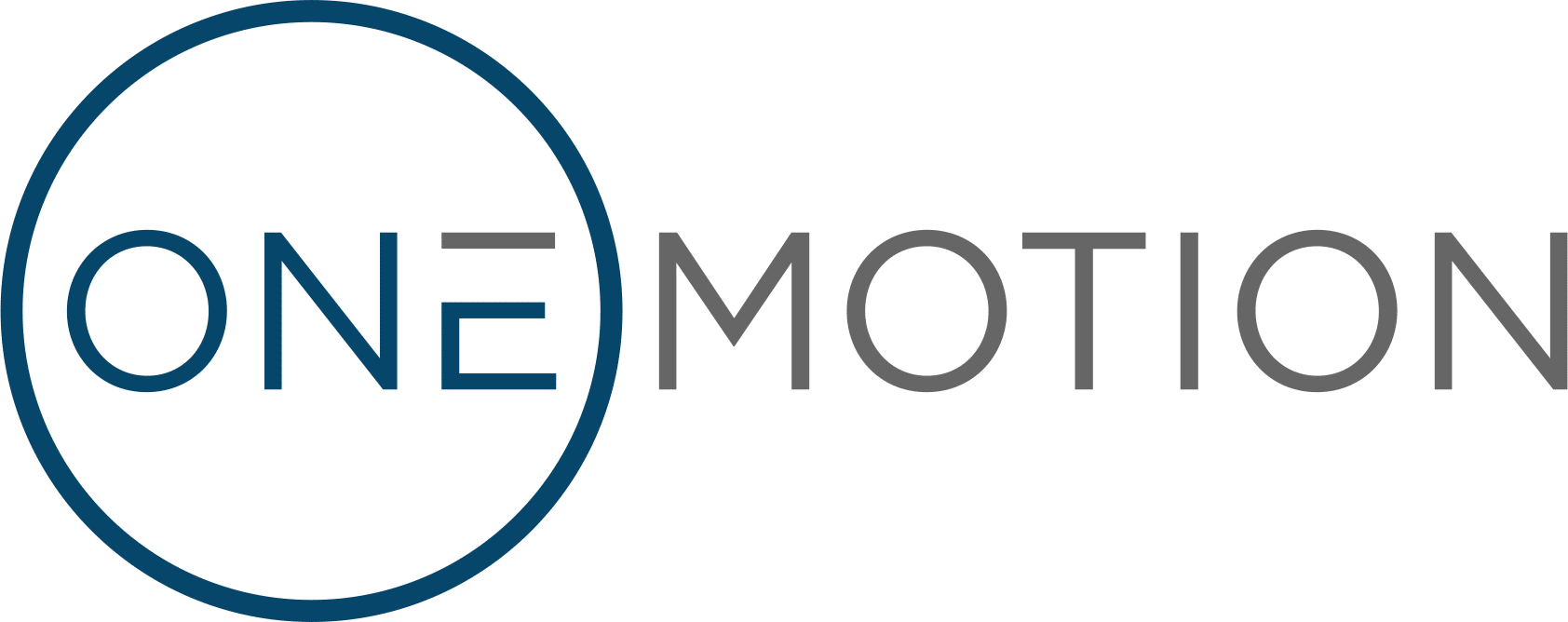In the evolving landscape of business technology, managing tools and systems effectively has become a cornerstone of operational success. However, many organizations grapple with legacy systems, disjointed platforms, or failed integrations, leaving them overwhelmed.
A Strategic Business Technology Plan provides clarity and structure, offering a long-term roadmap for aligning your systems with your goals. Unlike the reactive approach of addressing tech problems as they arise, this strategy ensures your business stays resilient, efficient, and competitive.
Our experts have outlined why your organization should develop a framework for business technology management that respects your current operations while paving the way for future growth.
What Is a Strategic Business Technology Plan?

A Strategic Business Technology Plan is a detailed guide for how your organization will leverage technology to meet its objectives. It considers current challenges and long-term ambitions, ensuring your tools and systems evolve alongside your business.
Unlike one-size-fits-all solutions often recommended by technology consulting firms, this approach focuses on customization so that you don’t have to shoehorn your business into the software. It starts with a deep dive into your existing systems to identify gaps and risks, followed by a tailored roadmap that aligns your technology with your specific needs. It answers common questions about updating your software, like:
- What do you need your systems to do?
- What tools or software will help you get there?
- How can you improve without disrupting your daily operations?
- How can you avoid common software mistakes?
Key Benefits of a Strategic Technology Plan
Unlocking the full potential of your business starts with a plan that puts technology to work for you. Here is how your organization will benefit from this type of plan:
1. Aligning Technology with Business Goals

Whether your focus is scaling operations or enhancing customer experiences, your technology must support those goals. A well-structured plan ensures that your business and technology management efforts are in sync, avoiding wasted investments in tools that don’t align with your vision.
For example, a business looking to improve efficiency might prioritize system integrations to eliminate redundancies. Similarly, one aiming for growth could focus on scalable software solutions that can handle increased demand.
2. Mitigating Risk

Legacy systems and outdated software present significant business risks, from operational bottlenecks to cybersecurity vulnerabilities. A proactive strategy identifies these risks early and provides actionable solutions.
One critical aspect of business information technology planning is system documentation. Clear documentation ensures continuity during IT staff transitions and reduces the impact of potential disruptions, such as supplier changes or unexpected system failures.
3. Cost Optimization

Effective technology planning allows businesses to prioritize investments, focusing on tools that offer the best return on investment. This reduces the cost of maintaining outdated systems and prevents overspending on unnecessary software.
A tailored approach to business technology management can also consolidate platforms, reduce licensing fees, and simplify employee training processes.
4. Gaining a Competitive Edge

Adopting the latest technology is not enough for businesses looking to stay ahead. A plan ensures that your systems are up-to-date and positioned to support future advancements.
Whether your business is catching up from behind or aiming to lead its industry, a thoughtful strategy enables growth. This is particularly true for organizations transitioning from siloed platforms to integrated solutions, a critical focus area for business technology consulting firms.
Common Technology Challenges

Organizations often reach a tipping point where technology transitions become unavoidable. Common scenarios include:
- Outdated legacy systems that no longer meet operational demands.
- Disjointed platforms that prevent seamless information sharing.
- Failed ERP or software development projects.
- IT staff turnover leads to a lack of system knowledge and documentation.
- A desire to integrate systems while maintaining critical operations.
Addressing these issues requires a strategic plan that is sensitive to your business’s unique challenges.
The Role of Integration in Business Technology

Managing disconnected systems is one of the most significant hurdles in business technology management. Siloed platforms create inefficiencies as teams spend time reconciling data or navigating between tools.
Integration is a cornerstone of any Strategic Business Technology Plan. By uniting your systems, you create a seamless flow of information, reduce redundancies, and improve overall efficiency.
For example, an integrated system could enable your sales team to access real-time inventory data, improving customer experiences and reducing delays. This level of connectivity simplifies operations and positions your business for scalable growth.
Planning for the Future

A Strategic Business Technology Plan solves today’s problems and positions your organization for tomorrow’s opportunities.
At OneMotion, we believe in honouring the systems you’ve built while designing for what’s next. Combining thoughtful analysis with innovative solutions, we help businesses create a foundation for long-term success.
Schedule a call with us today to discuss your unique needs and discover how we can help. Together, we’ll turn your technology challenges into opportunities for growth.



